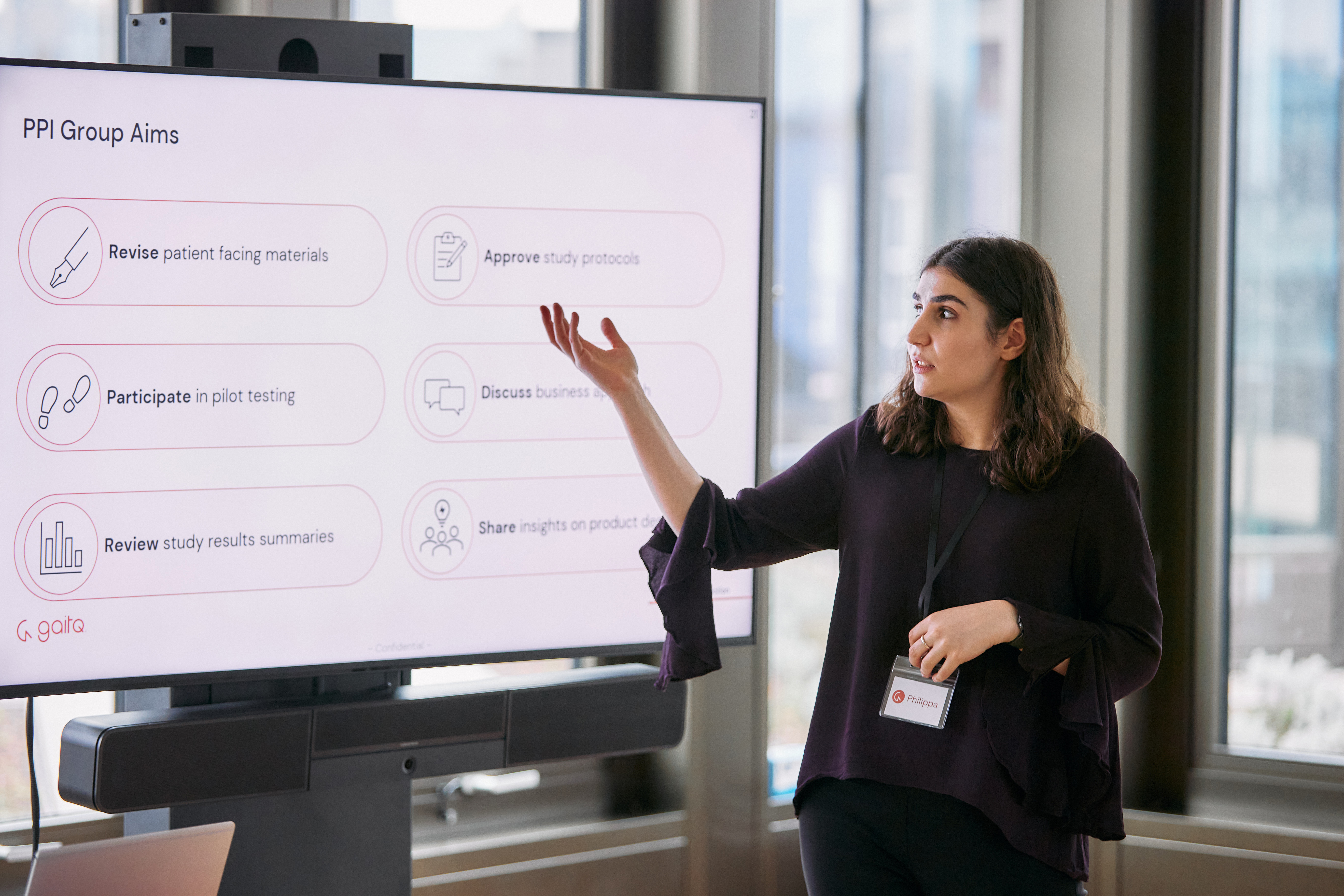Philippa chats with us about her combined mechanical and biomedical studies and her recent move to Oxford in the UK.
Can you tell us what inspired you to study mechanical and biomedical engineering?
I've always had a passion for math and physics and my interest in mechanical engineering was sparked during high school. Studying mechanical engineering allowed me to apply my knowledge to real world problems and continue my learning in these areas. I discovered biomedical engineering at an open day where I attended a talk by Dr David Hobbs, who later became my master's supervisor.
Dr Hobb’s work on developing a game device for physical therapy in children inspired me immensely. It made me realise that pursuing a degree in biomedical engineering would enable me to make a meaningful difference in people's lives. Combining my interest in mechanics and my desire to create impactful solutions, I decided to study a combined degree in mechanical and biomedical engineering.
What have been some highlights of your career to-date?
Around eight months ago I made the exciting move from Adelaide to Oxford in the UK and became a product engineer at gaitQ. We are close to releasing our first product: gaitQ tempo, which is a wearable device that uses vibrational prompts to help people with Parkinson’s overcome gait freezing.
One of my highlights in this position is a user engagement event we hosted. We brought together a diverse group of people with Parkinson’s and their carers to learn more about their needs and improve our product. It was fantastic to hear about their ideas and excitement for our device. It was great to see all our efforts coming together and getting one step closer to being out in the world and helping people.
Can you give us any insight into the future of wearable devices? Or your hopes for the future of this technology?
I think we can expect to see a lot more wearables hitting the market in the next five years. One of their main advantages is the ability to monitor a person’s health continuously. This has huge potential for diagnostics and could be used to capture issues that may not present in a thirty-minute doctor’s appointment. We’ve already seen one application of this in wearable cardiac monitors worn over a few weeks, which have shown great success in detecting intermittent heart issues that can be missed. Wearables are well-suited for this type of monitoring. I think this concept could be extended to all sorts of conditions in the future.
Why is it important for you to volunteer your time to give back to the profession?
I’ve had a great time volunteering as an Engineers Australia student ambassador over the years, and I consider it important because of the excellent mentors I have had myself. I am lucky enough to have some awesome people give up their time to help me come up as an engineer, so it only feels right that I pay some of that effort forward. I also just enjoy meeting and encouraging people at the start of their engineering journey, and being a friendly face during what can be an intimidating time.

